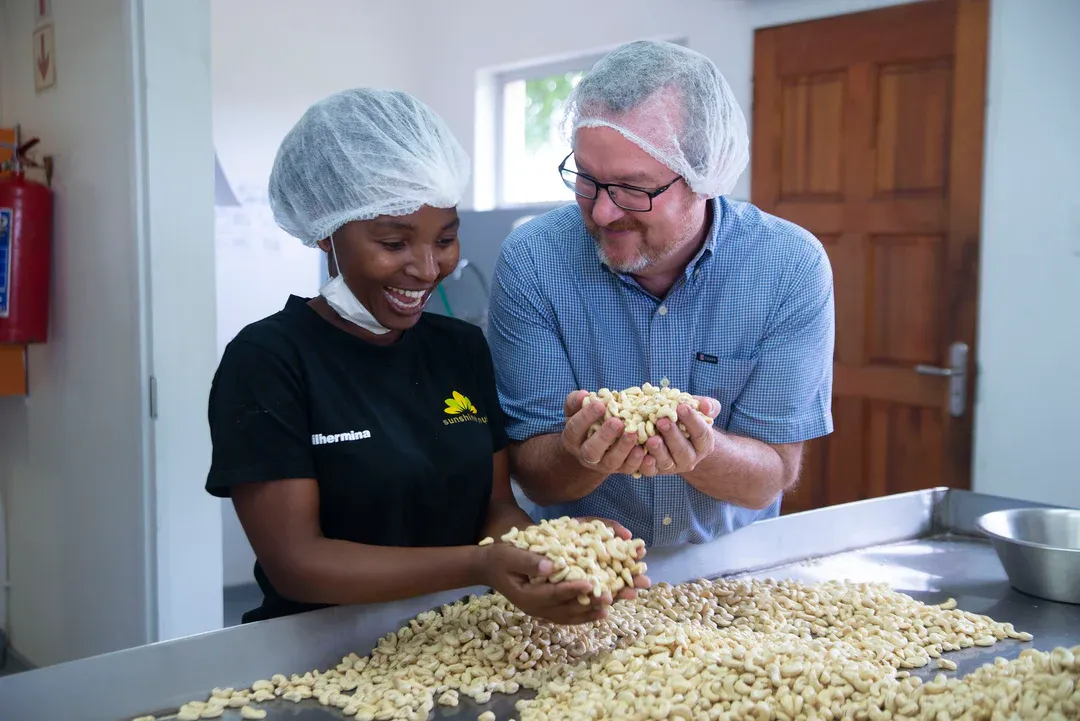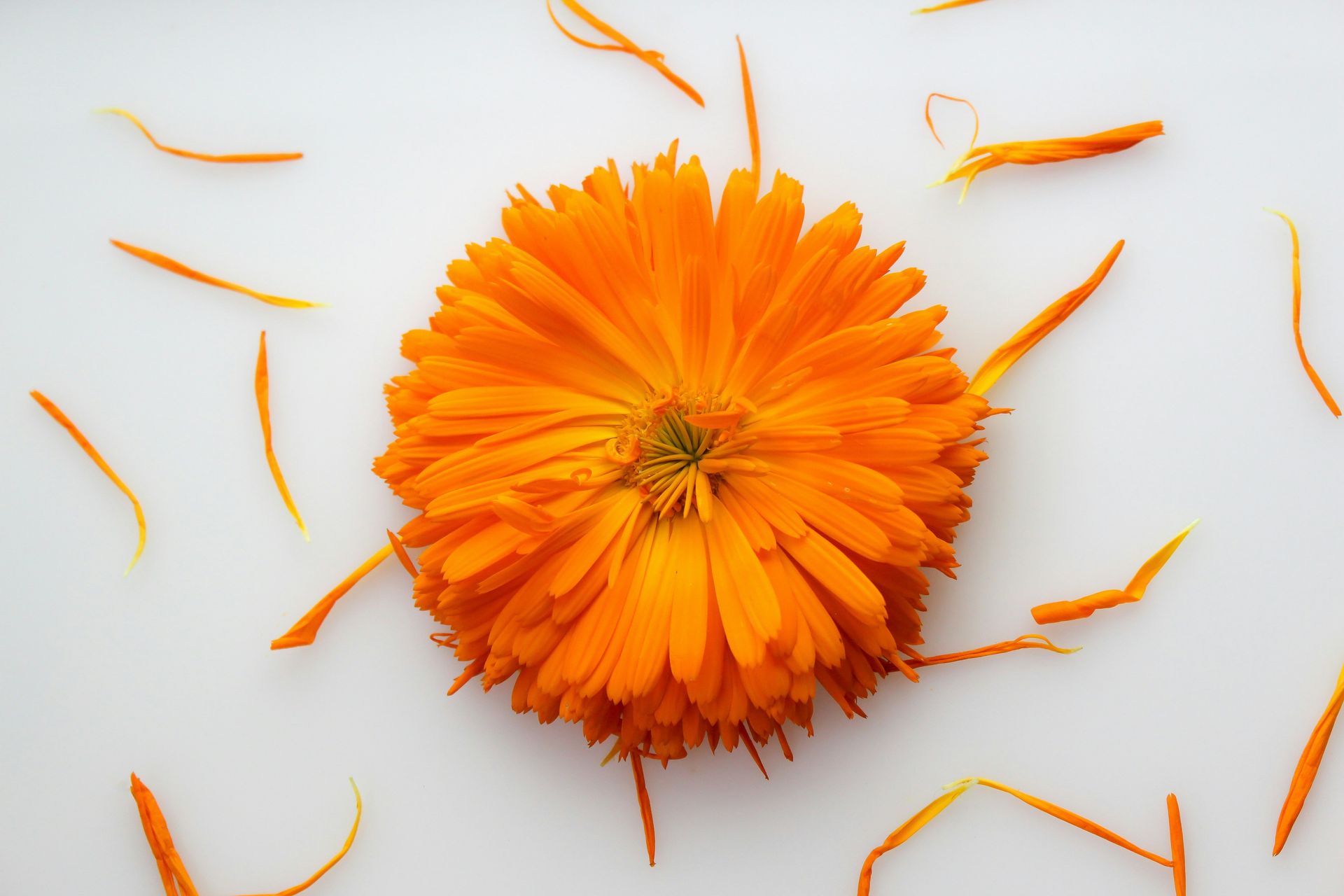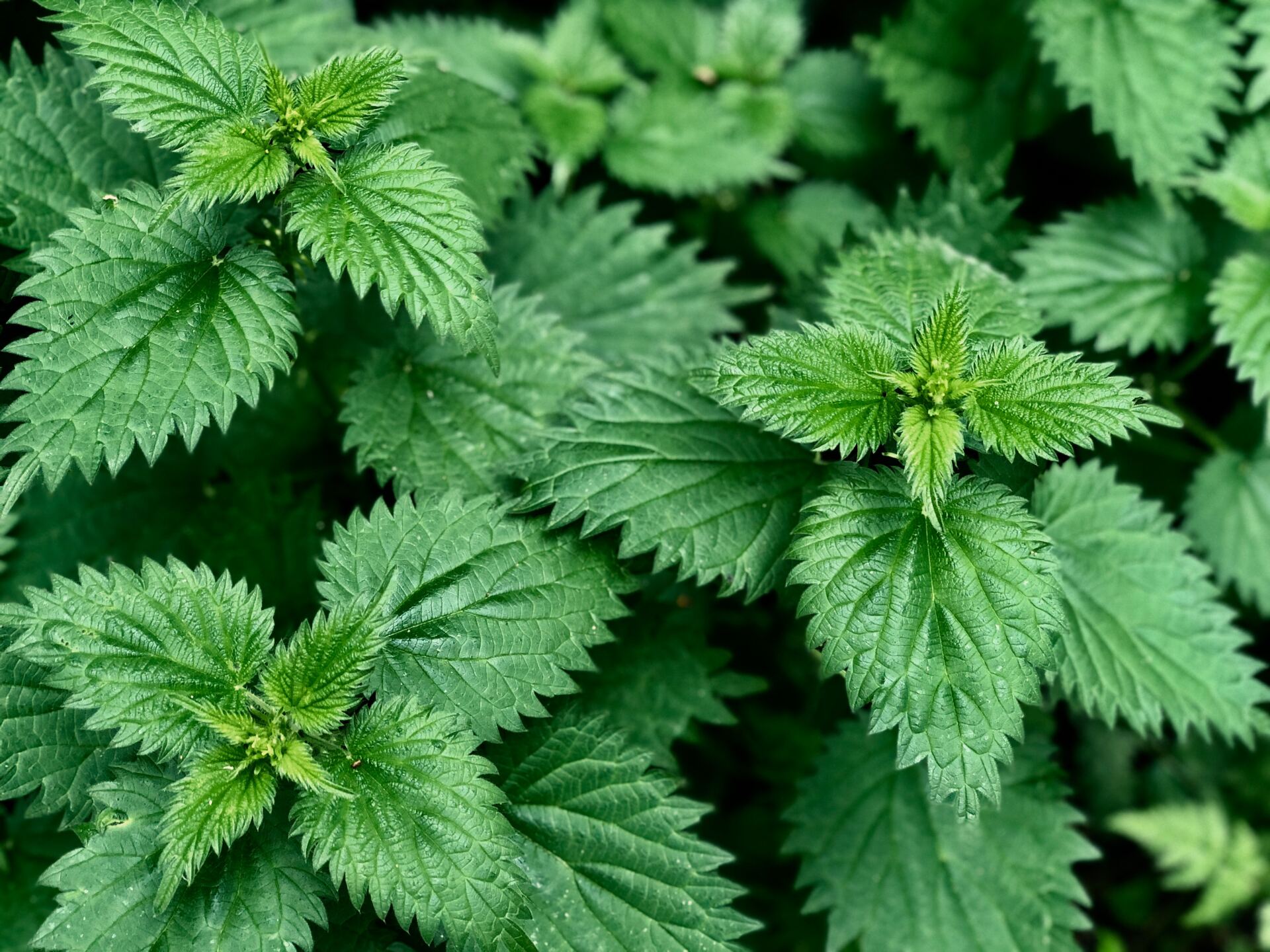








Want to enjoy a better cup and save money doing it?
Consider switching to bulk coffee! Buying beans in bulk and brewing at home can be the smart way to go for many reasons. Here’s why we think so:
The Biggest Reason: Better Taste
Why does the to-go cup you buy from that chain or local coffee shop taste so good? One reason might be the freshness of the beans. Those coffee shops serve a lot of coffee. The beans they use are ground every day and never have time to go stale. Freshness makes a huge difference in the taste of a cup of coffee.
If you’re brewing at home, whole bean coffee often delivers superior flavor. Why? When properly stored, preground coffee stays fresh for just 3-5 months, but whole beans will last for a whopping 6-9 months. Order it in fivepound bulk bags and grind just what you need, when you need it. You’ll save money and waste less packaging, and you’ll taste the difference!
Try an exciting single-origin or a new roast level. Or a fantastic new blend. Or even a limited edition seasonal from our Women in Coffee series.
The Same Commitment to Small Farmers
To us, good coffee means coffee that’s grown by people who can
make a fair living from their crop. We pay farmers a fair price,
and we’re proud to share their stories – including innovations
in their practices to involve youth in farming, preservation of
biodiversity, and diversification of income used for communitywide
improvements. All Equal Exchange coffee is fair trade.
A lot of effort goes into growing, shipping, roasting and packaging
coffee to ensure a great-tasting cup. However, the benefits of
those efforts can be lost at the very end of the line: in your own
home! The way you store coffee has a profound impact on its
taste and shelf life, so here we will explore the best ways to keep
your beans fresh and delicious — plus a few pitfalls to avoid.
What Makes Coffee Go Bad?
The first step in learning how to store your coffee is to understand what causes coffee to lose its freshness and flavor. Coffee is sensitive to several environmental factors, including air, moisture, light and heat. Coffee readily absorbs surrounding smells and moisture, which will negatively affect the flavor (“leftover garlic pizza” is not a tasting note you want).
How do I properly store coffee?
Store your coffee in a cool, dry place, like your kitchen cupboard
or countertop. Keep it in an opaque, airtight container — you can
even keep your coffee in its original packaging, rolled tight and
enclosed in a resealable plastic bag. Be sure to keep your container
away from the stove, or above the refrigerator or microwave, as
these appliances all generate heat which can affect the beans.
Keep it out of the fridge and freezer
While refrigerators do keep many things fresh, coffee is not one of them. Coffee will quickly absorb the moisture and smells in your fridge or freezer, causing it to spoil and take on the flavors of the foods around it. The cold doesn’t increase the shelf life of the beans, either — room temperature is just fine.
Now that you’re equipped with the knowledge to store your coffee right, you’ll be able to get the best out of your beans every time you brew! Try Equal Exchange bulk coffees at Marlene’s, and when you find your favorites, they can special order 5 pound quantities for you with an additional 10% discount.









Please give us a call for today’s deli hours as they can vary due to staffing.
Grab and go options are always available until close.
FEDERAL WAY
Monday-Saturday: 8 am - 8 pm
Sunday: 9 am - 7 pm
Please call for current deli counter service hours. Grab and go options available until closing.
2565 S. Gateway Center Place
Federal Way, WA 98003
TACOMA
Monday-Saturday: 8 am - 8 pm
Sunday: 9 am - 7 pm
Please call for current deli counter service hours. Grab and go options available until closing.
2951 S. 38th Street
Tacoma, WA 98409